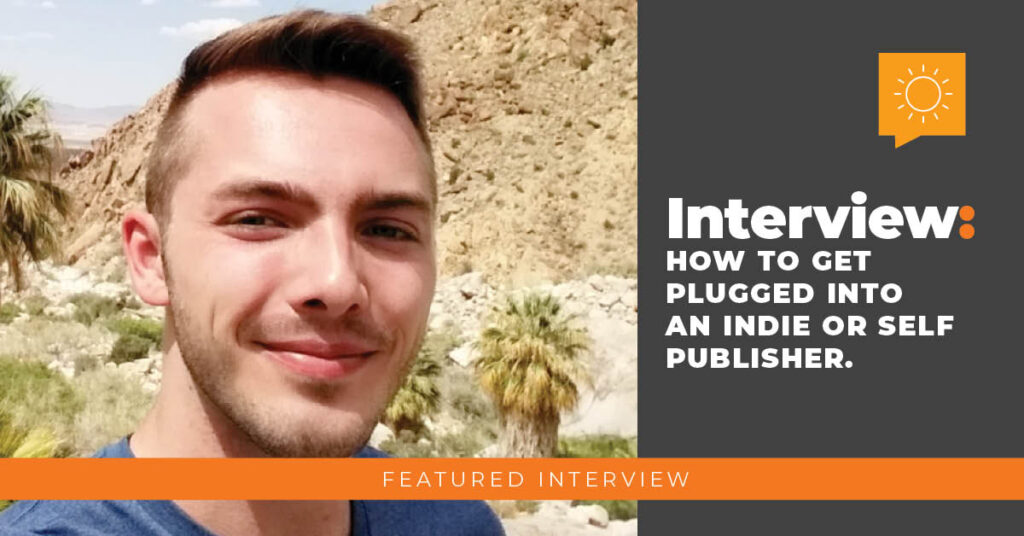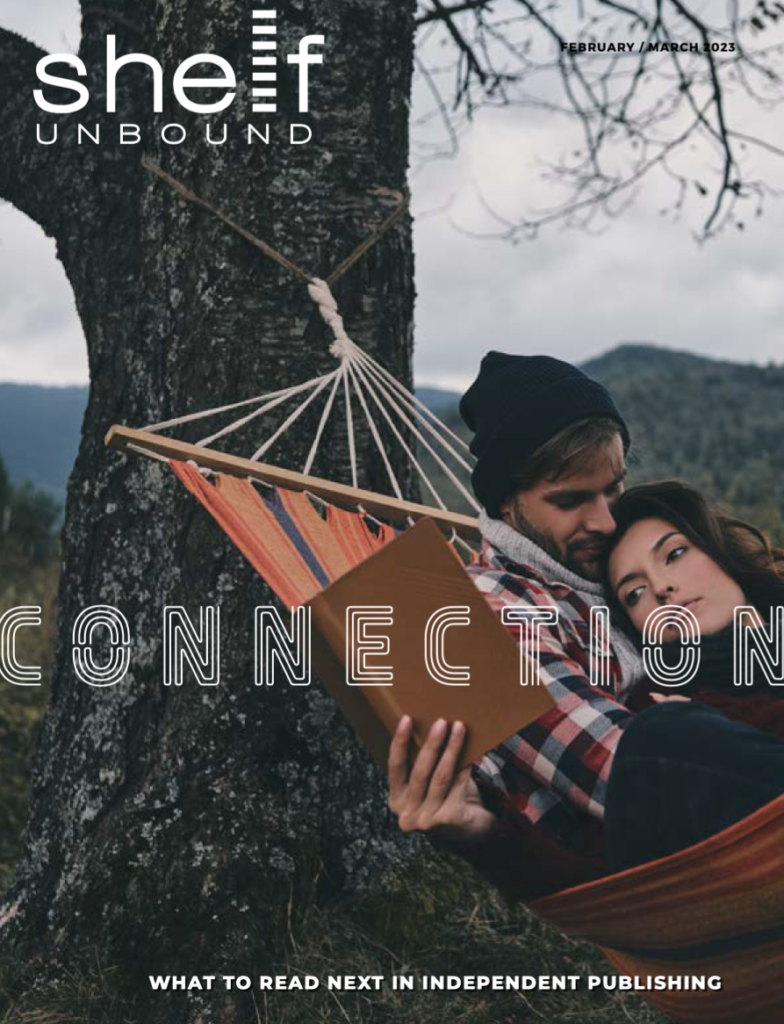
Most people who write want to get published, but the first problem they encounter – beyond actually writing – is figuring out how. There are always the big publishers like Penguin Random House, Harper Collins, and their ilk, but just getting heard by these giants can be a challenge in of itself.
Thankfully, indie and self-publishing is on the rise, and getting published is easier than ever. Plus, you can have more control over your work, how it gets promoted, and you get more money from each sale.
However, knowing where to start is a challenge.
Indie vs. Self-Publishing – What’s Best for You?
First off, how do you know whether you want to go with an indie press or forge into the unknown with self-publishing.
Indie Publishers:
If you are willing to put forward a little capital, indie publishing has a lot of benefits. Much like working with a Big 5 publishing house, indie publishers have connections. They have an established pipeline to retailers and likely people that follow their publications. They have editors, graphic designers, and industry experts. These are the things you’re paying for when you sign up with an indie publisher, and it can be very well worth it. Though it may not be up to the same level as Simon & Schuster, it may be good enough for what you want out of your story.
Second, you get to have more input on the final product and how it’s marketed. Big publishers know what works and what doesn’t. I’ve spoken to authors who got published name-brand and they had little agency over their marketing strategy or even what their cover looked like. If you think this is something that you care about, you may choose to go indie.
Plus, they’re often willing to take a chance if they see promise in your work and it aligns with their mission. I remember the day I got an email from the lead editor at Bellevue Literary Review where she said she’d love to publish my essay so long as I tied up the themes a little better. There were several other journals that didn’t like my piece or it wasn’t a good fit for them, but Danielle asked me to work with her, and my piece came out much better for it. I’m glad she took a chance on me, and thankfully, small publishers can do that.
Finally, getting your work to an indie publisher is pretty easy. Many simply have submission portals directly on their website. If you want to fire and forget and see what sticks, it’s a great start.
If you need a place to start, look locally. Is there a university press nearby? Is there a press that focuses on the stories written by people in your area? Next, go to a book fair or festival. They’re filled with authors and publishers, and you’ll be able to get first-hand experience with the people that may one day publish your story.
Self-publishing:
Self-publishing is similar to indie publishing in a lot of ways. You have total control over the final product and you don’t have to jump through as many hoops. You do lose out on the expertise a professional publisher brings, but that may be alright with you.
Self-publishing also tends to be a lot more work.
If you want a copyedit, you’ll need to do it yourself or hire someone to do it. If you want a cover, you’ll need to design it yourself or hire someone to do it. If you want your book on a certain platform, you need to take care of that as well (at least in most cases). You are your own boss: if you want something to get done, you’ll need to put the effort in.
But because you’re your own boss, you get a large cut of the spoils. Self-publishing often has a royalty rate between 60-70%, which is significant compared to the 10-20% you’ll get through a publisher – indie or otherwise.
Another downside to self-publishing is it lacks prestige. Because anyone can do it, you have no one to vouch for the quality of your work. And that’s understandable; I know if given the option, I’d sooner read a book traditionally published opposed to one self-published simply because I know that someone beyond the author thought it was good.
You’re also trying to stand out in a crowd when you self-publish. Again, because anyone can do it, a lot of people do it. So just because you’re published, unless you do something spectacular to make yourself seen – whether that’s marketing or a stellar story – you may not sell like you want to.
But that doesn’t mean it isn’t worth it. Amazon reported that 40% more authors self-published through Kindle Direct Publishing earned $50,000 or more in royalties between March 2020 and March 2022. If you do your homework and people like your writing, you can start earning a decent chunk of passive income.
Getting Plugged in with a (Self) Publisher:
Though finding an indie publisher requires a more nuanced approach, self-publishing has several clear contenders that you should look into, especially if you’re okay with selling e-books.
First is Amazon’s previously mentioned Kindle Direct Publishing. It’s free, your books populate to their site within 72 hours, and you get 70% royalties. Another good place to start is Apple Books and Google Play. Like KDP, they also have free publishing and 70% royalties.
There are nuances between these publishers, but with a little research, you can figure out which is your favorite. But then again, when aggregators exist, you may not have to choose.
Aggregators provide a way to get your book out on a lot of platforms easily. By working with an e-book aggregator, they do all the work and get your book on all of their associated platforms for you. Many will also format your manuscript for you. However, aggregators don’t do it for free: many have upfront or yearly fees, or they take a cut from the sale.
For example, Draft2Digital publishes to 13 retailers, including Amazon, Barnes & Noble and Apple Books. It also has an option for your books to be print to order. In total, it costs you 10% of each sale you make.
Taking the Dive:
Just like knowing what your readers want, how you get published depends on knowing what you want. It’s a balancing act between how much you want to spend up front, how big of a cut you want, among many other factors.
Whether you find an indie publisher that shares your vision or you carve your own path through self-publishing, you need to take that first step.
If you don’t give up, it won’t be long until you’re published.

Continue Reading…
Article originally Published in the February / March 2023 Issue: Connection.
